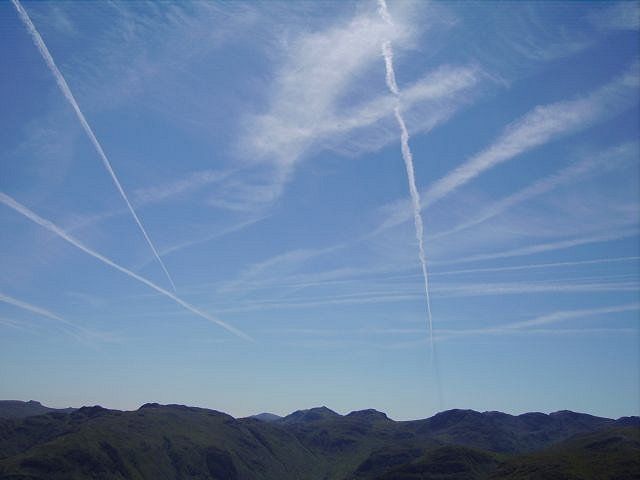HIPPO gives global view of greenhouse gasses
HIPPO (HIAPER Pole-to-Pole Observations) has been a three year project with flights from the Arctic to Antarctic gradually building up a picture of greenhouse gasses and particles in the atmosphere.

HIPPO (HIAPER Pole-to-Pole Observations) has been a three year project with flights from the Arctic to Antarctic gradually building up a picture of greenhouse gasses and particles in the atmosphere. As it states on their site, “The main goal of this program is to determine the global distribution of carbon dioxide and other trace atmospheric gases by sampling at various altitudes and latitudes in the Pacific Basin.”
The flights come to an end next week, and we are beginning to understand more about the atmosphere. Currently only a 2D representation of greenhouse gasses is used by scientists, now we can begin to develop a 3D understanding.
The project uses a High-performance Instrumented Airborne Platform for Environmental Research (HIAPER) jet, which is a specially modified aircraft fit for the purpose. Air samples are studied at different altitudes to develop a slice by slice understanding of the make-up of the atmosphere. The flights were staggered at different times of year, to develop a seasonal picture and covering vast swathes of the western hemisphere.
It is hoped the project will create a baseline from which emissions reductions efforts can be assessed. It also looks at specific questions such as how deforestation is affecting certain areas and how and why methane is increasing after being constant in the 90’s.
The most important research however, has been looking at assessing the seasonal CO2 take up in plants and oceans. This will let scientists find more accurately the carbon uptake in specific areas.
This important work will let policy makers know which areas have the most effect on climate and therefore which regions need preserving more heavily than others. Whereas before ground stations, thousands of miles apart were used to monitor carbon uptake, now an accurate picture on a much smaller scale can be seen.
